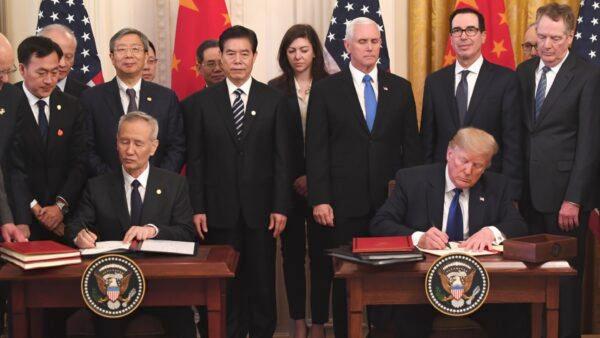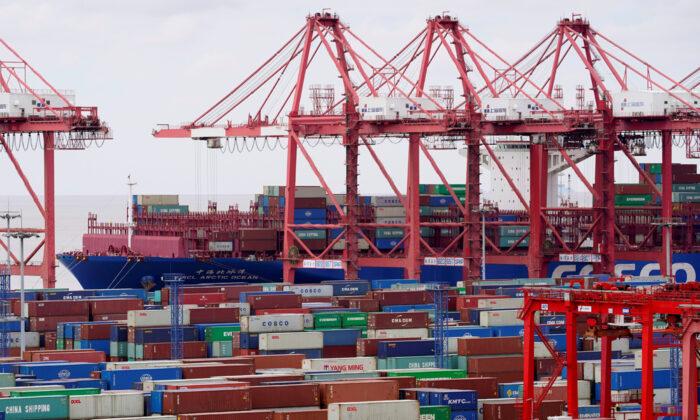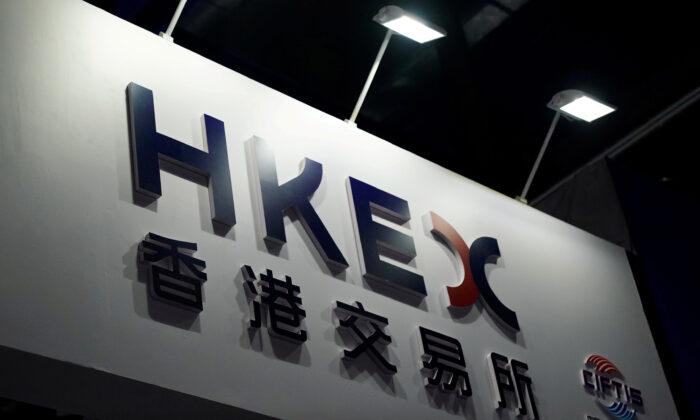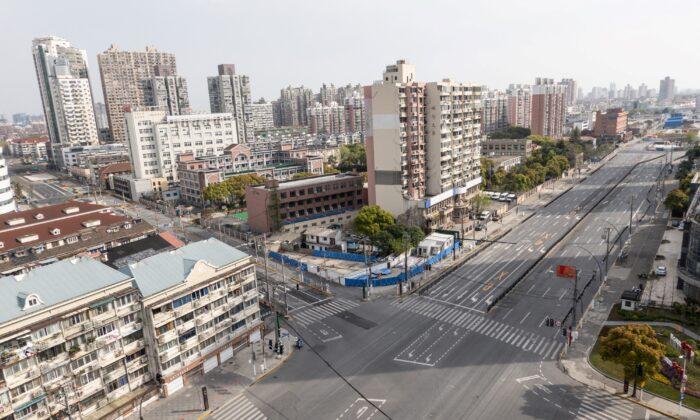China fell more than $200 billion short of its purchase commitments for goods and services in a trade deal that it reached with the United States during the Trump administration, according to a report released Tuesday.
The commitment was made in the so-called Phase One deal, in which Beijing promised to purchase an extra $200 billion worth of American exports above its 2017 levels, before a U.S.-China trade war began.
The deal required China to meet the purchase commitments in the two years through the end of 2021. But “China bought only 57 percent of the U.S. exports it had committed,” Chad Bown, an economist of the Peterson Institute for International Economics, said in his report, which analyzed final 2021 trade data from the Department of Commerce.
Beijing pledged to buy a total of $502.4 billion worth of U.S. exports over the two years but effectively purchased only $288.8 billion, according to the latest data.
The purchase commitments were the centerpiece of the Phase One agreement with Beijing, which was launched in mid-February 2020, and averted a threatened tariff escalation.
Beijing’s purchases of U.S. farm and manufactured goods, energy, and services targeted in the agreement were not even enough to return to China’s baseline 2017 level, claimed Bown.
“Put differently, China bought none of the additional $200 billion of exports Trump’s deal had promised,” he said in his analysis.
Beijing came closest to meeting its agricultural products targets, achieving 83 percent of the $73.9 billion two-year target. However, U.S. manufacturing, energy, and service exports continue to face difficulties.
Beijing fell short most in its energy targets, purchasing only 37 percent of the exports for which it pledged $67.7 billion.
Services exports to China, which had been a bright spot for U.S. trade, plunged drastically, achieving only 52 percent of the targeted $150 billion, as the pandemic hampered Chinese tourism and business travel to the United States, as well as the flow of Chinese students to American universities.

Manufacturing was the most economically significant part of the deal, described the report, achieving merely 42 percent of the $210 billion target. In that, U.S. auto exports reached only 39 percent, and sales of aircraft, engines, and parts to China did even worse, reaching just 18 percent of the target.
The Alliance for American Manufacturing, a group representing manufacturers and the United Steelworkers, called Beijing’s performance “disappointing.”
“Commodity purchases were never the solution to fixing the lopsided U.S.-China trade relationship, and China’s government couldn’t even keep those promises,” Scott Paul, the group’s president, said in a statement.
“Until the fundamental issues are addressed—things like China’s state-owned enterprises, massive government subsidies, intellectual property theft, lax labor and environmental laws—the massive trade gap will remain,” he said.
U.S. annual goods-trade deficit with China grew $45 billion to $355.3 billion in 2021, December trade data showed.
Since the fall, the U.S. Trade Representative’s office members have been talking to Beijing’s counterparts on the Phase One commitments.
“We have engaged the PRC (People’s Republic of China) on its shortfalls for months, but have not seen real signs towards making good on the purchase commitments and our patience is wearing thin,” Adam Hodge, a spokesperson for the U.S. Trade Representative’s office, said in an email statement to media.
“Regardless of how these negotiations conclude, the fact remains that the Phase One Agreement did not address the core problems with the PRC’s state-led economy,” Hodge said, adding that the Biden administration would “shape the environment around China” by building U.S. competitiveness, diversifying markets and limiting the impact of China’s “harmful practices.”
Beijing has sought the removal of tariffs on hundreds of billions of dollars worth of commodities that remained in place by the Phase One trade agreement.
The agreement includes a clause stating that the two parties “project that the trajectory of increases” in China’s purchases “will continue in the calendar years 2022 through 2025” without specifying targets.
Reuters contributed to this report.




